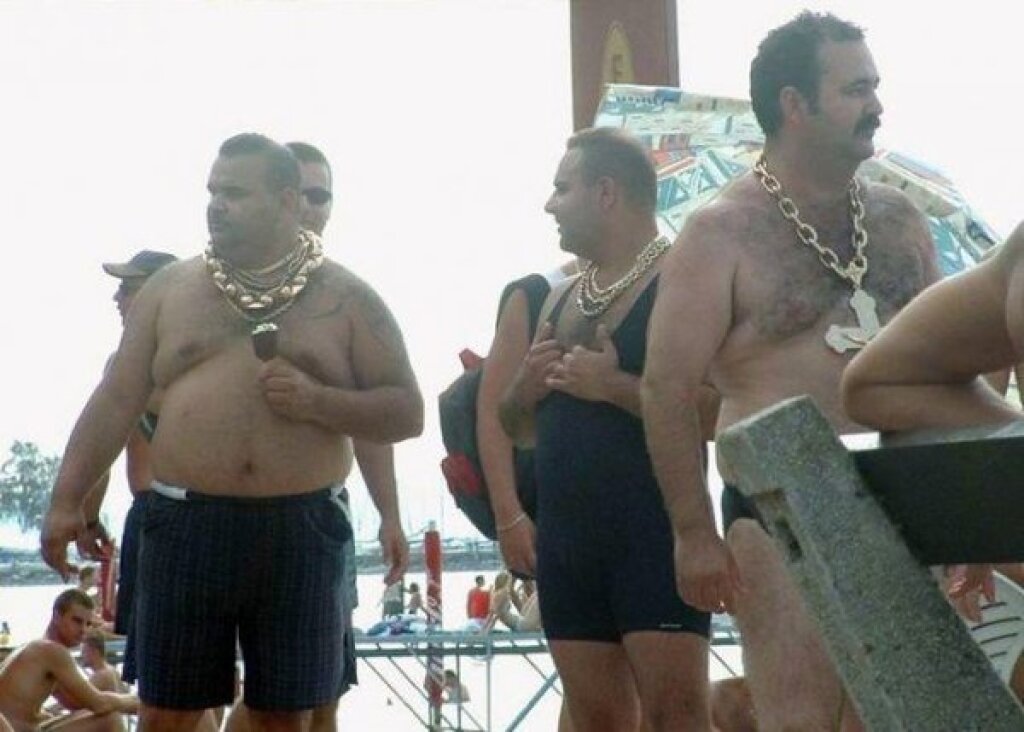Lee A. Farrow is professor of history and Director of the Center for Excellence in Learning and Teaching at Auburn University at Montgomery. Her newest book, Seward’s Folly: A New Look at the Alaska Purchase, is forthcoming with University of Alaska Press in Fall 2016.
On April 13, 2016, a group of scholars met in Moscow to discuss the history and future of Alaska, or Russian America, as it was known before Russia sold it to the United States in 1867. The conference was organized by the Institute of World History at the Russian Academy of Sciences in Moscow and the Kennan Institute at the Woodrow Wilson Center in Washington, D.C. The international conference brought together scholars and researchers from both countries to discuss key topics in the history of Russian America, as well as to promote a spirit of collaboration and cooperation in future research endeavors. Some of those present, in fact, have already been working on joint research projects. The list of those giving welcoming remarks testifies to the level of seriousness with which this conference was undertaken and included Alexander Chubarian, Research Director, Institute of World History, Russian Academy of Science; Sergei Riabkov, Deputy Minister of Foreign Affairs; Mikhail Shvydkoi, the Russian President’s Special Representative for International Cultural Cooperation; and, John Tefft, United States Ambassador to the Russian Federation.
The one-day bilingual conference featured two dozen presenters from a variety of institutions and organizations on a number of different topics. Several presentations focused on recent archaeological expeditions to uncover information about the shipwrecks of the Neva (1813) and the St. Peter (1841). There were also several presentations about the history of Fort Ross in California, once an outpost of the Russian-American Company. Other scholars examined the creation of a new estate in the early nineteenth century, that of the creoles in the Russian Empire’s overseas territory of Russian America, and European reactions to the Alaska Purchase in 1867. Finally, several papers addressed more current questions. Kenneth Yalowitz, for example, former U.S. ambassador to Russia and current Director of the Conflict Resolution Program and Georgetown University spoke on the topic of Russian-American relations in the Arctic.
One of the most interesting parts of this conference, however, occurred after the researchers had presented their papers. On the day following the formal presentations, the invitees were taken on a trip to Riazan, an ancient city located approximately 100 miles to the southeast of Moscow. Riazan has several important connections to the history of Russian-America. Lavrentii Zagoskin, for example, a Russian naval officer and explorer of Russian-America, lived his last several decades in Riazan and there is an active movement to preserve his home, which still stands, and use it as the location for the Riazan Museum of Explorers which would also contain a Museum of Russian America. Similarly, Vasilii Golovnin, a Russian naval officer who spent time in Russian-America, was born in Riazan, and the town has erected a monument to him. During the tour of Riazan and these various sites, conference participants were invited to also meet with city officials who also stressed a desire for greater communication and collaboration between researchers and historians in Russia and the United States. All parties chose to focus, in these otherwise tense times, on the moments of accord in Russian-American history and the mutual interest in both countries of our shared past. The American guests, in particular, were welcomed with great warmth and, at a local school, were treated to the traditional Russian greeting of bread and salt. Members of the Ryazan branch of the Russian Geographical Society filmed most of these interactions and subsequently created a television program which aired on Russian TV in Riazan and is available on Youtube.
There is a volume of essays from this conference that is currently being edited and revised for publication, and the organizers and participants at the conference expressed great enthusiasm for future meetings and collaboration. In an era of increasing tensions between the United States and Russia, and recent accusations of Russian tampering with the U.S. presidential race, it is refreshing to see scholars on both sides who can set aside politics for the sake of science, research, and intellectual cooperation.



